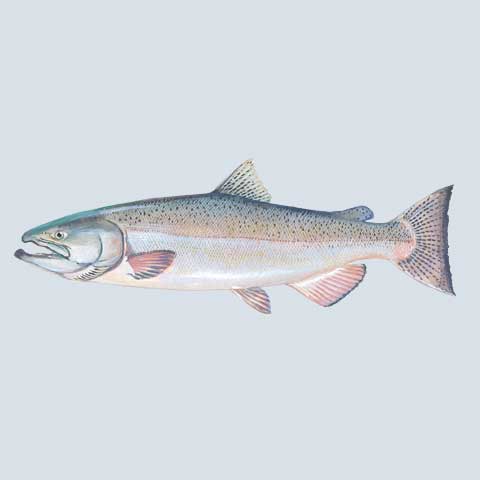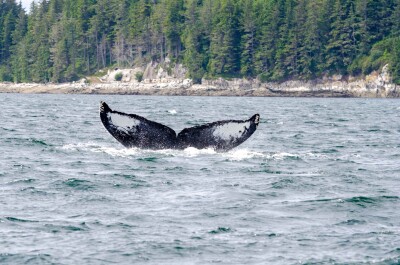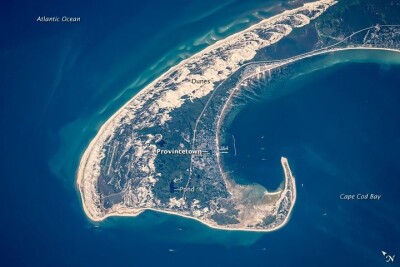Blame it on an over-abundance of forage fish, but 2020 went down as one of the most lackluster seasons for West Coast salmon fishermen; they landed 6.33 million pounds of kings, silvers and chums in 2020. That’s down by almost half of the 11.05 million pounds the three states landed in 2019, according to data from PacFIN, and a fraction of the 56.16 million pounds in the record-setting year of 2013.
In California, trollers harvested 1.90 million pounds for revenues of $13.70 million.
A predicating theory behind the meager harvest last year was that ocean waters have cooled, making salmon forage fish plentiful — so the spatial distribution of forage fish was so far and wide that it was hard for fisherman to find concentrations of salmon feeding on them. In other years, when there are fewer forage fish, it is easier to find them and find the salmon on the edges.
Translated to the 2020 season, king salmon were hard to find.
“Here, a couple of boats had trips of 100 fish, but most of the time it was five-, 10- or 15-fish deliveries,” says Scott Adams, plant manager with Hallmark Fisheries, in Charleston, Ore.
In Oregon the salmon fleet landed only 1.04 million pounds of kings.
“It was a horrible year for us here last year,” says Eric Schindler, the salmon project leader, with the Oregon Department of Fish and Wildlife, in Newport. “We had the lowest chinook catch that we have seen in any year when we have had a season.” (The fishery was shut down in 2008 and 2009.) “We’re basically about half of the average for the last three years.”
Though Schindler couldn’t attest to the low CPUE that befuddled the fleet in California, the relative size of the fish at age pointed to abundant feed for returning age classes.
“I would say that there definitely was a lot of feed this year,” he says.
Average ex-vessel prices paid for Oregon fish came in at $4.23 per pound. In Washington, the fleet landed 1.43 million kings for ex-vessel prices of $2.35 per pound.
Though covid-19 put the kibosh on end markets tied to restaurants, suppliers quickly redirected fresh king salmon into retail markets where consumer demands outstripped supplies.
Adams notes that the initial widespread fear that the brunt of the fish would end up in freezers when the pandemic hit was quickly allayed when distributors found they could liquidate the bulk of the season’s kings as fresh product in large grocery chains.







